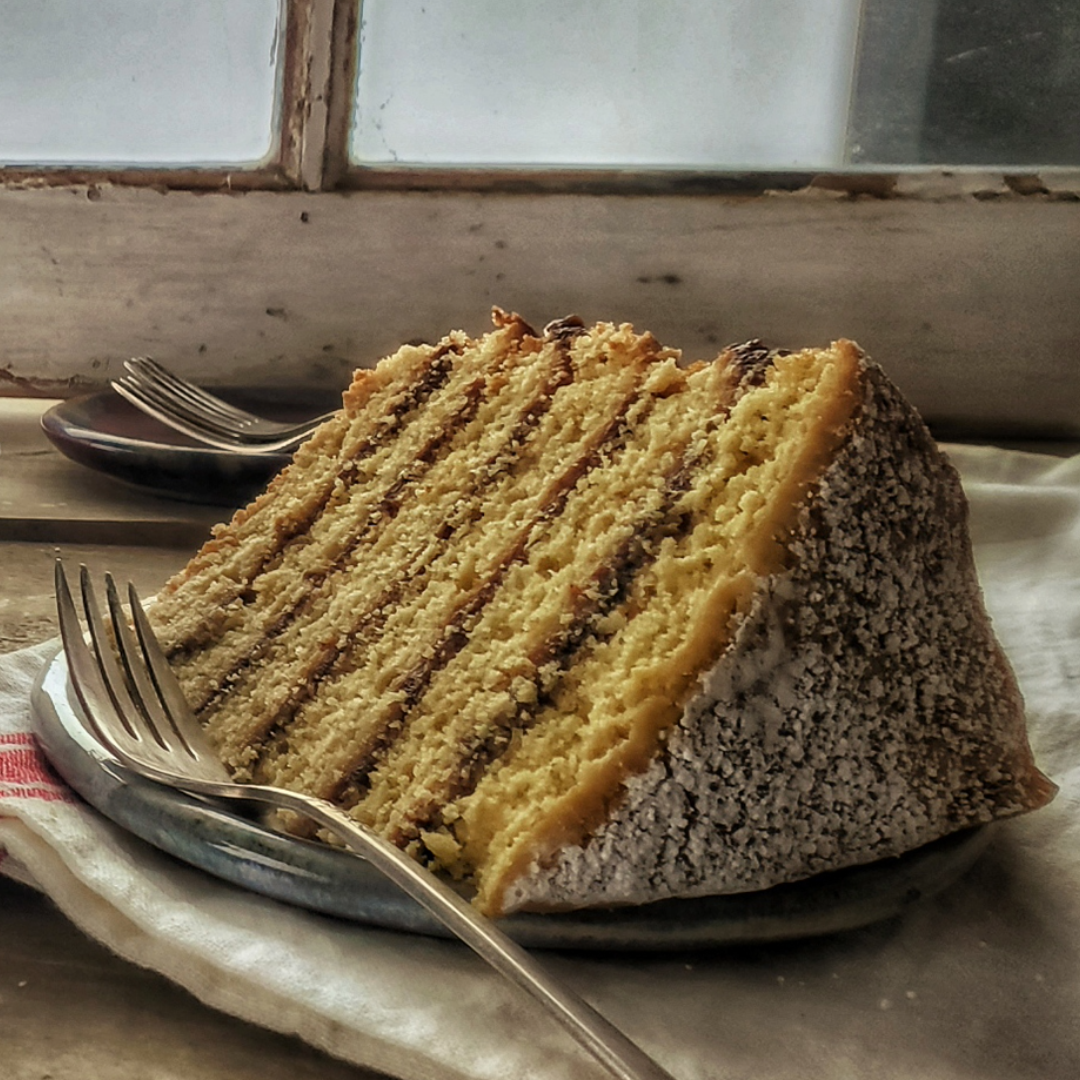Forgotten Recipes of the Smokies
Like old family photographs, recipes passed down through the generations are something to treasure. And just like those old photos, recipes can bring back many memories – be it the special person that would make the recipe, the love they put into it, or even the time spent in the kitchen preparing it together. Each stain, crease, and faded handwritten note helps tell the story of that recipe, the person who made it, and how it was shared among family and friends. These treasured family recipes are something to cling to, to cherish, and to share. They’re heirlooms passed on from one generation to another.
Unfortunately, not all recipes are written down and far too many get lost over time to fade into memory like timeworn photos. That’s why we’ve set out to go back further than just our own families and seek out forgotten recipes that tell the story of who we are as a community and where we came from. We’re looking back to the early settlers of Pigeon Forge and all of East Tennessee, to the pioneers in not only the land they worked but the work that they pioneered in, and to the legacy they’ve left behind.
Our Search
We’ve unearthed many forgotten recipes that help connect us to our history here in the Smoky Mountains of Tennessee through historical research and exploration. Our searching first took us back to Shenandoah County, Virginia. It’s a region of Appalachia that was settled in the early 1700s and has a thread that connects directly to us here in Pigeon Forge.
John and Margaret Reece Lewis settled and raised a family in Virginia in 1732. Their sons helped gain this country’s independence when they fought in the Revolutionary War. One of those sons was Mordecai Lewis. After the war, he followed John Sevier and many others from the Shenandoah Valley down to what was to become Tennessee. John Sevier later became the first governor of Tennessee, and Mordecai Lewis acquired 151 acres of land along the Little Pigeon River. His son-in-law, Isaac Love would go on to build an iron forge in 1817 on that land. And Isaac’s son, William, would construct a grist mill on that same land, next to the forge, in 1830. Today that land is known as Pigeon Forge, and at the heart of it is The Old Mill.
We will continue to bring you more Forgotten Recipes of the Smokies throughout the year. Make sure to check back often for more blog posts about them and you will find these and more in our collection of Forgotten Recipes of the Smokies. With your help, we can not only remember these recipes but help protect and cherish them for generations to come.










